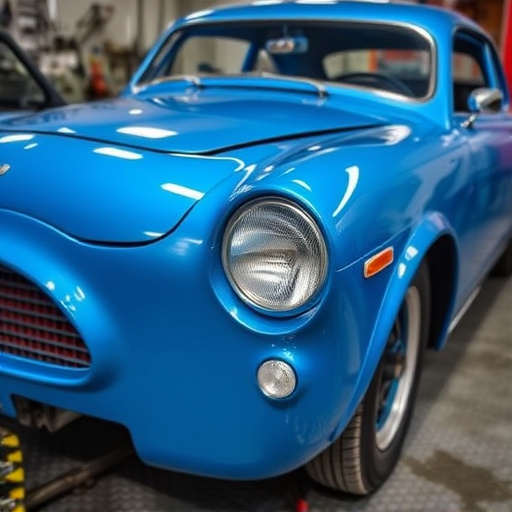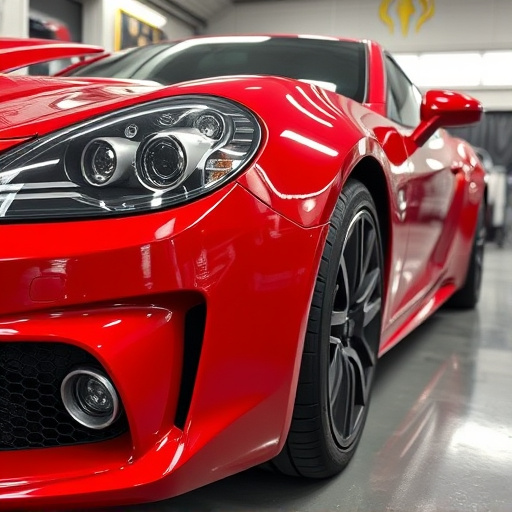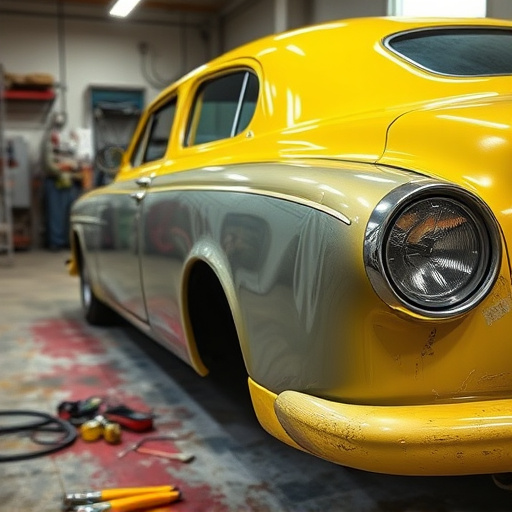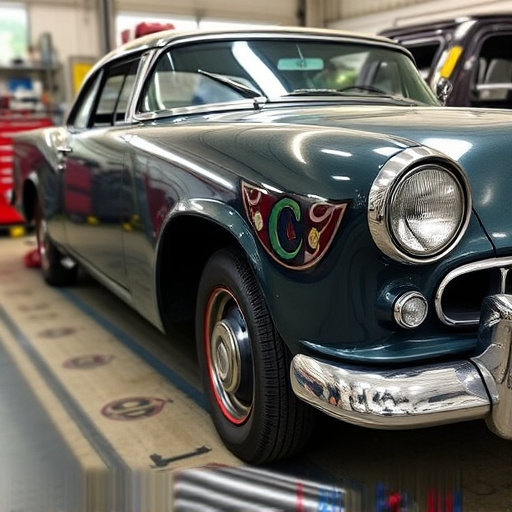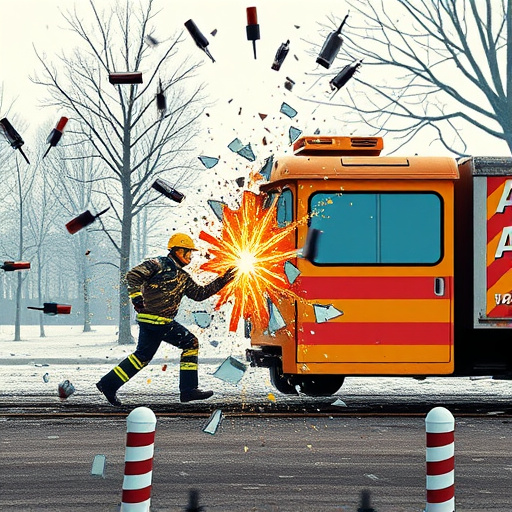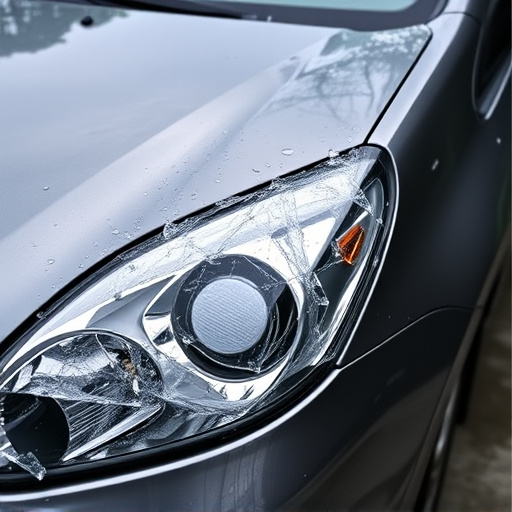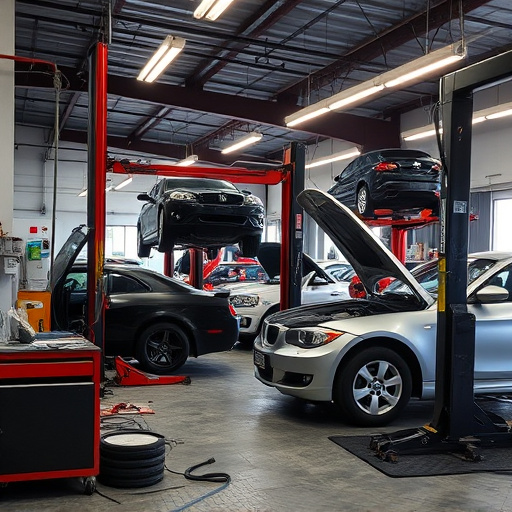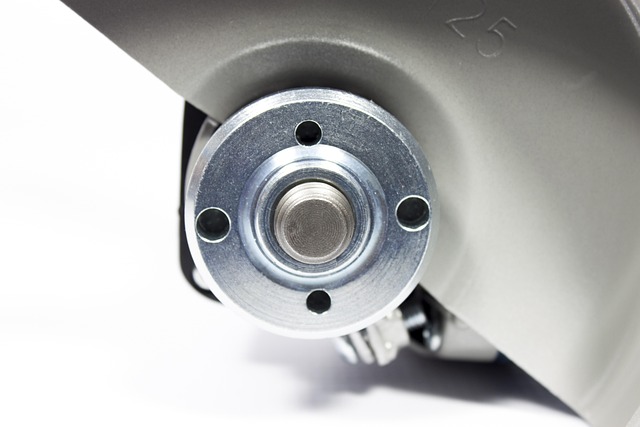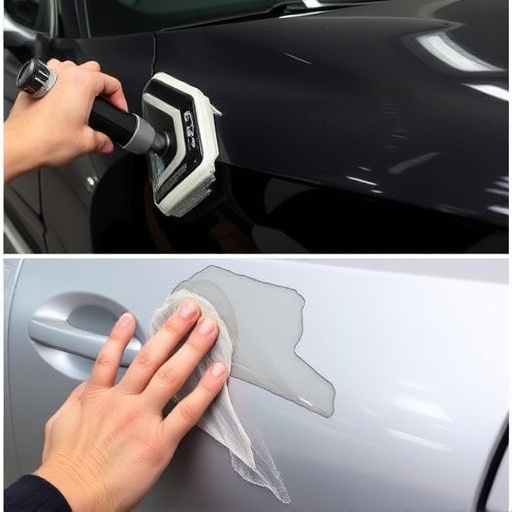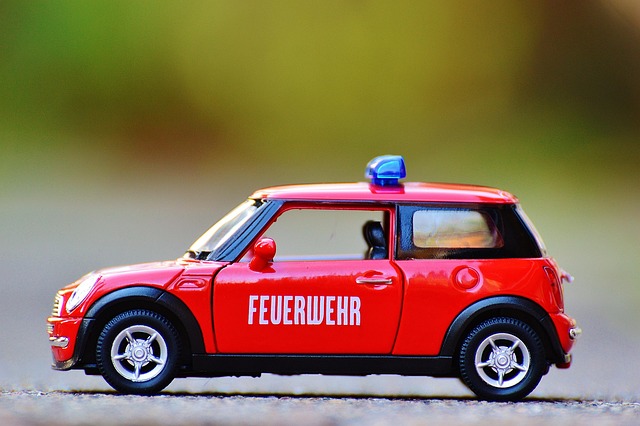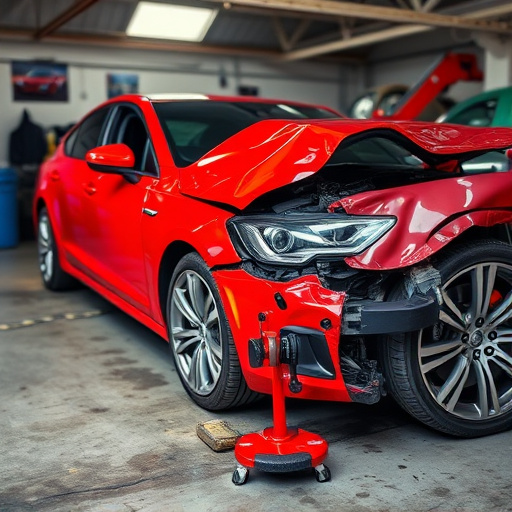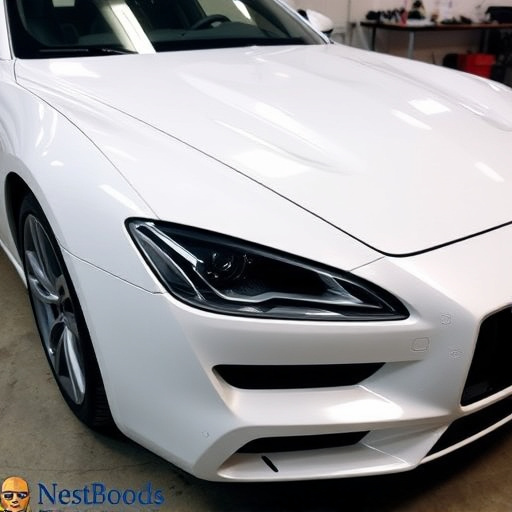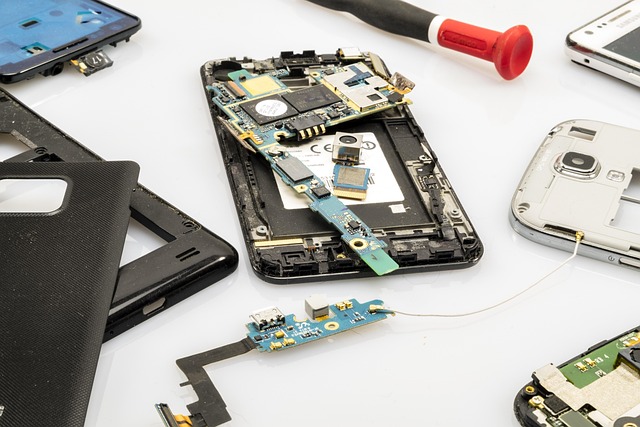Paintless Dent Repair (PDR) has revolutionized auto collision repair, offering a sophisticated and cost-effective solution for dented steel panels. By 2025, PDR remains a highly sought-after method due to its efficiency, environmental sustainability, and ability to preserve the vehicle's original finish. This non-invasive technique is particularly effective for bumper repairs, providing quick and aesthetically pleasing results while minimizing costs and waste.
In an era where technology rapidly evolves, the relevance of Physical Damage Repair (PDR) for steel panels might seem obsolete. However, in 2025, PDR remains a vital process, ensuring the longevity and aesthetic appeal of these versatile materials. This article explores the enduring significance of PDR, tracing its evolution from past practices to present-day applications. We’ll delve into its numerous benefits and why it’s crucial for future steel panel durability, addressing both practical needs and environmental considerations.
- The Evolution of PDR for Steel Panels: Past and Present
- Benefits Still Relevant in 2025: A Comprehensive Overview
- Future Prospects: Why PDR Persistence is Key for Steel Panel Durability
The Evolution of PDR for Steel Panels: Past and Present
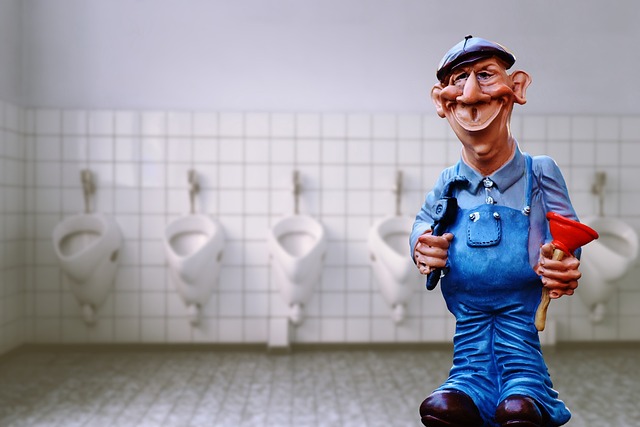
The evolution of PDR (Paintless Dent Repair) for steel panels reflects a remarkable journey from traditional dent removal methods to modern, advanced techniques. Historically, auto collision repair involved laborious and time-consuming processes to fix dents, especially on metal surfaces. However, with advancements in technology, PDR has emerged as a game-changer in the automotive industry. Today, it is a preferred method for both minor and significant dents, offering an efficient, cost-effective solution compared to conventional car paint repair methods.
PDR for steel panels has become increasingly sophisticated over the years. The technique leverages specialized tools and expertise to remove dents without compromising the panel’s integrity or requiring extensive repainting. This evolution is particularly notable in the field of bumper repair, where PDR ensures precise restoration while minimizing costs for both vehicle owners and auto body shops. As we move forward into 2025, PDR continues to be a valuable skill in the automotive industry, catering to the need for quick, efficient, and aesthetically pleasing solutions for various types of dented surfaces, including steel panels.
Benefits Still Relevant in 2025: A Comprehensive Overview
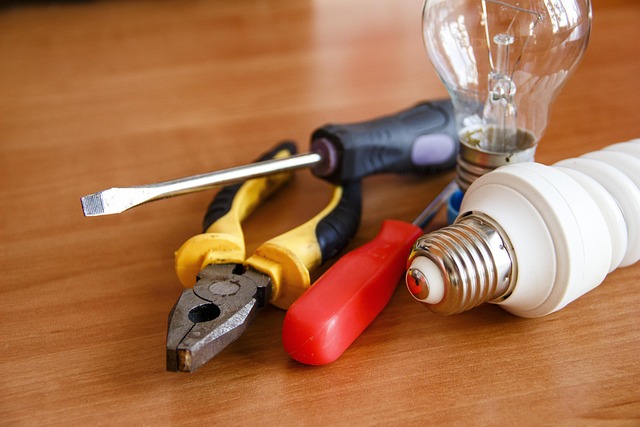
In 2025, the benefits of Professional Detailing and Repairs (PDR) for steel panels remain as relevant as ever. This non-invasive technique offers a range of advantages for both vehicle owners and auto body shops alike. By utilizing PDR, collision repair centers can effectively restore damaged steel panels without resorting to costly replacement parts or extensive bodywork. This not only reduces waste but also minimizes the time required for repairs, making it an efficient solution for modern auto body shops.
Moreover, PDR is a sustainable practice that contributes to the longevity of vehicles. Unlike traditional collision repair methods, it preserves the original factory finish and structural integrity of steel panels. For vehicle owners, this means maintaining the value and aesthetics of their cars while saving on potential future repairs. In a world where eco-consciousness is on the rise, PDR aligns with the growing demand for environmentally friendly solutions in the auto industry, making it an indispensable service for both the market and the planet.
Future Prospects: Why PDR Persistence is Key for Steel Panel Durability
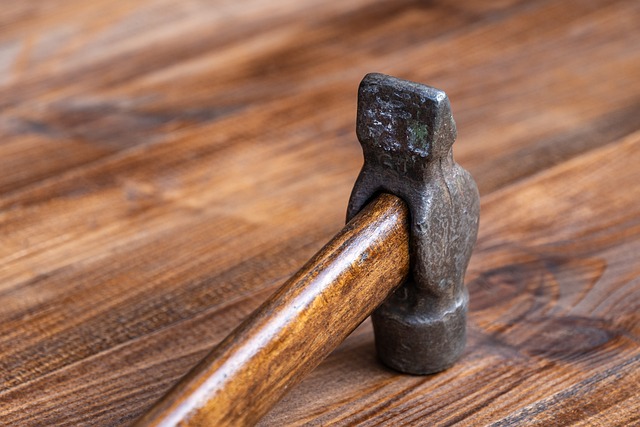
As we move forward into 2025, the landscape of automotive care and maintenance is ever-evolving. While new technologies and materials are continually introduced, one practice remains steadfastly important for ensuring the longevity and durability of steel panels: Paintless Dent Repair (PDR). PDR for steel panels isn’t just a trend; it’s a crucial aspect of auto care that will persist well into the future. This is particularly true given the increasing demand for cost-effective, time-saving, and environmentally friendly solutions in the automotive industry.
Compared to traditional auto body painting and dent removal methods, PDR offers significant advantages. It preserves the original factory finish, minimizes waste, and avoids the use of harsh chemicals or toxic paints. As the world shifts towards more sustainable practices, PDR aligns with these values, making it a preferred choice for both vehicle owners and tire services. This persistence in popularity is further fueled by advancements in equipment and techniques, allowing for even more intricate dent removal and faster service, thereby enhancing customer satisfaction in the process.
In a rapidly evolving world, the enduring significance of Polished Metal Deformation (PDR) for steel panels in 2025 is undeniable. As we’ve explored, this process has revolutionized the way we approach steel panel durability and aesthetics. Its benefits remain robust, offering enhanced resistance to corrosion, improved impact strength, and a unique, visually appealing finish. Looking ahead, the future of PDR looks bright as it continues to play a pivotal role in ensuring the longevity and versatility of steel panels across various industries. By embracing this technology, we can expect to see even more innovative applications and a continued commitment to sustainability through extended product lifespans.
